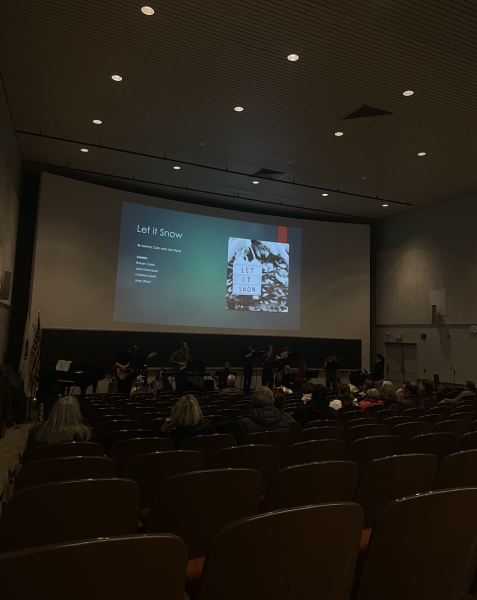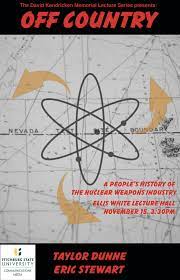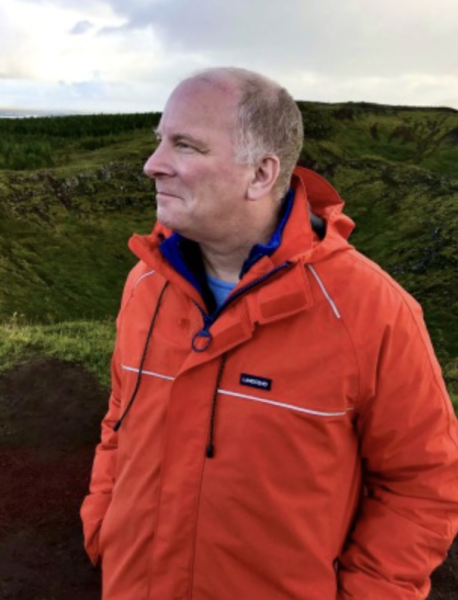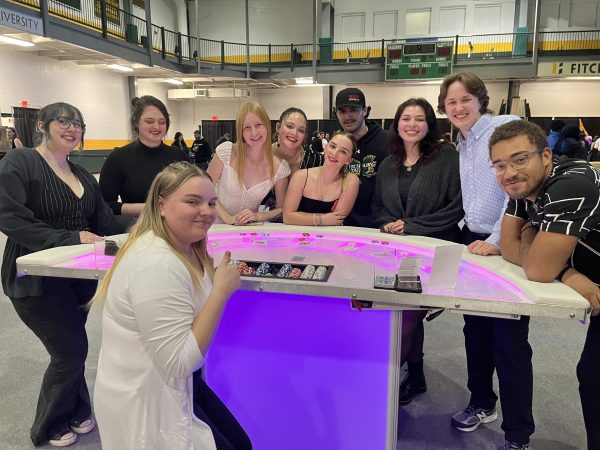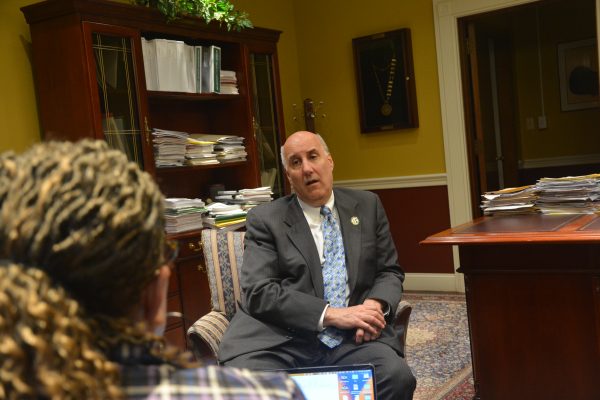“Can’t Stop The Feeling”: Low Frequency Sounds Unknowingly Gets People Moving
Recently a study co-authored by one of Fitchburg State University’s faculty members, Michael Hove, finds that inaudible low-frequency sound increases people’s movement.
Professor Michael Hove is of the Psychological Science department here at Fitchburg State University. He said that he’s always been interested in publishing research on low frequencies, and that this was a special case where he and his colleagues had incredibly special speakers that could play low frequencies.
The study was published last November in the journal “Current Biology,” which is a biweekly peer-reviewed scientific journal that covers all areas of biology. In this study, it was found that low-frequency sounds imperceptible to the average human ear could increase a concertgoer’s movement. Data was collected at a venue that also allows for experiments.
“Most experiments you’re running in a lab where you have somebody sitting in front of a computer doing and seeing how they react to whatever you’re doing- in this case, low frequencies. Their experimental setup was their concert venue,” Professor Hove explained.
With concertgoers informed consent, they placed motion capture markers on people so their movement could be tracked in three dimensions.
They did this during an actual concert experience. They coordinated with a group called Orphx, a Canadian music duo who perform techno, industrial, and experimental music and who are pretty well known in the EDM scene.
“We had these crazy, very low frequency speakers. That means they present sounds at frequencies lower than the human hearing range.” Said Professor Hove.
He explained the average human can hear a minimum of 20 hertz and a maximum of 20,000 hertz, and that the speakers that were used could play sounds between 8 hertz and 30 hertz. During the concert, the speakers played low frequencies below the auditory threshold in waves.
“The concert was just going along the whole 40-50 minutes, but we would manipulate these very low frequencies every two and a half minutes. We’d turn on the speakers for two and a half minutes, then turn off the speakers.”
Concertgoers’ movements were compared after the fact to see their movement . What was found was that the concertgoers movement increased by about 12% while the speakers were playing those low frequencies. They also had no idea when the speakers were on or when they were off.
There was also a follow-up study to see if people truly couldn’t perceive the low-frequency bass.
“We had two clips with two different pairs. One had a clip of the music and the other one had a clip of the music, an identical clip, but with the low frequency speakers on,” explained Professor Hove.
The follow-up study found that participants couldn’t perceive nor report the low-frequency that was playing.
“That’s the most surprising thing, I think, is that these low frequency speakers had this measurable and pretty large impact on people’s behavior even though they couldn’t actually perceive them.” Says Professor Hove.
When asked if this research was going to continue, Professor Hove said yes.
“We’re trying to figure out the exact next steps, but we have a bunch of different potential experimental avenues.” He explained that they’re looking to work with collaborators in Ontario, Canada, and applying for grants as well.
Next, they plan to try and find out if the increase in movement, seen when the low frequencies were playing, is through touch channels such as mechanical receptors, or the vestibular system.
“Your vestibular system is a system that basically tells you where you are in space. Loud, low frequency sounds also stimulate your vestibular system. So we’re trying to figure out is it because of the touch aspect of it, or is it because of the vestibular aspect of it?”
Mitchell Walsh is a junior at Fitchburg State University and this is his fourth semester on the staff of The Point. He is looking forward to continuing...


